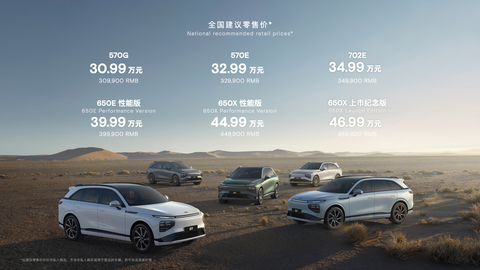
10-4 #EverythingisOK : TSMC will increase its wafer foundry quotation in 2023; India will release 5G networks in 13 cities first; Google Stadia is officially shutting down nearly 3 years after its launch; etc.

Nvidia has introduced NVIDIA DRIVE Thor, its next-generation centralized computer for safe and secure autonomous vehicles. DRIVE Thor, which achieves up to 2,000 teraflops of performance, unifies intelligent functions into a single architecture for greater efficiency and lower overall system cost. The next-generation superchip comes packed with the cutting-edge AI capabilities first introduced in the NVIDIA Hopper Multi-Instance GPU architecture, along with the NVIDIA Grace CPU and NVIDIA Ada Lovelace GPU. DRIVE Thor with MIG support for graphics and compute uniquely enables IVI and advanced driver-assistance systems to run domain isolation, which allows concurrent time-critical processes to run without interruption. Available for automakers’ 2025 models, it will accelerate production roadmaps by bringing higher performance and advanced features to market in the same timeline.(Engadget, TechCrunch, Nvidia, AnandTech, Globe Newswire)
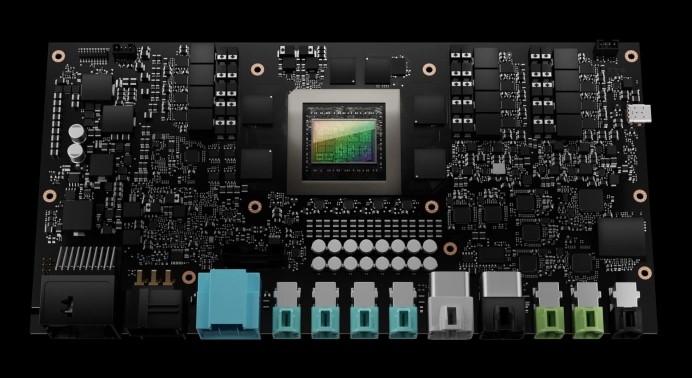
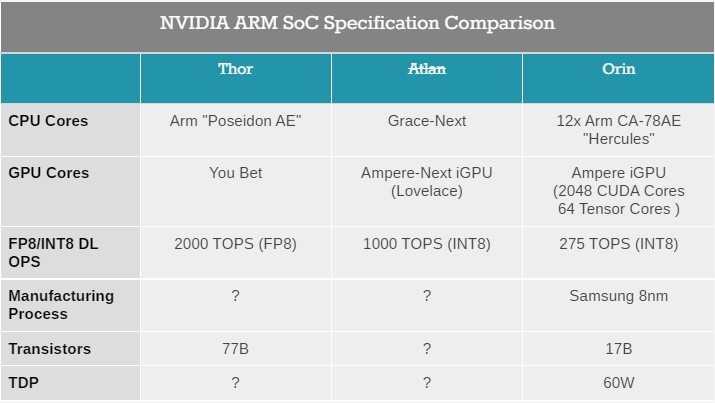
Carmakers Stellantis and Renault will partly halt their Spanish plants in the coming days and weeks as the lack of microchips persists. The global chip shortage, caused by pandemic supply chaos and booming demand, has ravaged the automotive sector with many companies halting production temporarily. In recent months, both companies have halted output several times in Spain. (CN Beta, Reuters, Euro News, Detroit News)
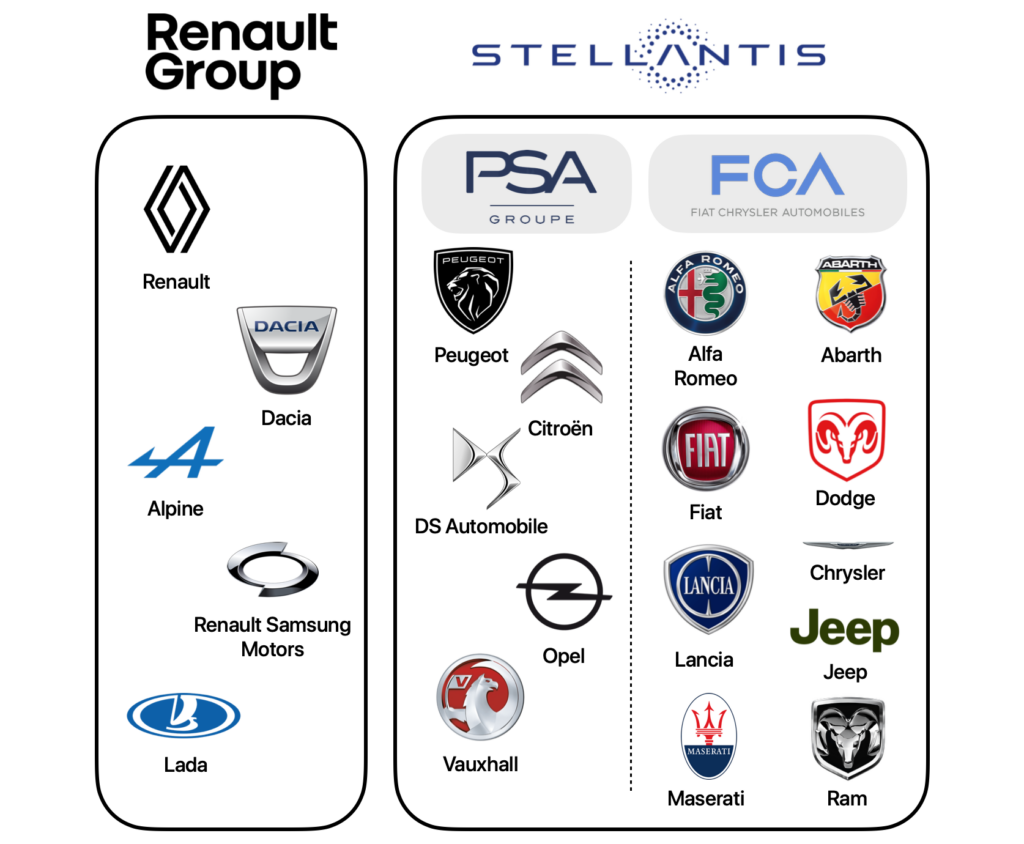
Intel has revealed the Unison app for Windows that brings in some great functionalities. The Unison application arrives a year after Intel acquired an Israeli company called Screenovate. Thanks to this acquisition, Intel has launched a smartphone integration tool that would aim to improve the cross platform integration on the Windows platform. It would allow for VPN, firewall, and IT support as well. With Unison, Intel will be able to allow for wireless connections through WiFi, Bluetooth, and even cellular networks with power efficiency in mind.(Gizmo China, GSM Arena, Intel)
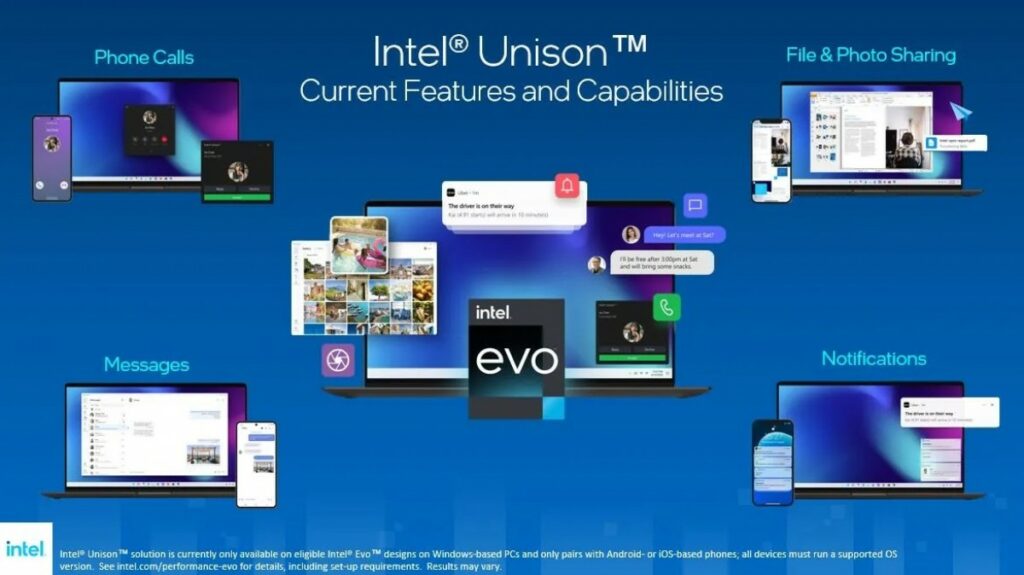
It is rumored that TSMC will increase its wafer foundry quotation in 2023, but it has been rejected by Apple, its largest customer, and another major customer, Nvidia, intends to follow up, but it has not extinguished TSMC’s determination to insist on increasing prices. MediaTek, TSMC’s third-largest customer, may also be exempt from price increases. A number of IC designers have confirmed that they have received a notification from TSMC that the output of wafers from 1 Jan 2023 will increase across the board. Among them, 8” wafers will increase by 6%, and 12” wafers will increase by 3%-5%. (Apple Insider, UDN, Storm.mg, LTN)
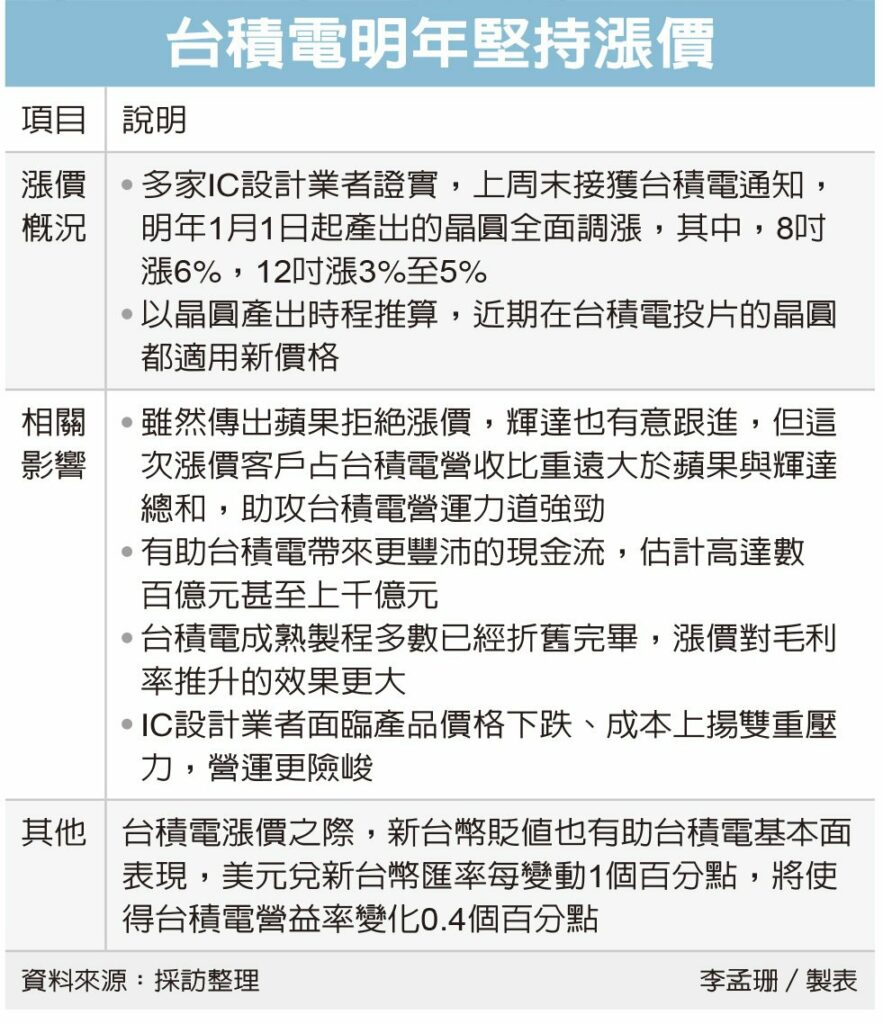

IDC expects worldwide shipments of foldable phones, including flip and fold form factors, to reach 13.5M units in 2022. This represents an increase of 66.6% over the 8.1M units shipped in 2021. An updated IDC forecast projects that foldable phone shipments will reach 41.5M units in 2026, with a compound annual growth rate (CAGR) of 38.7% from 2022 to 2026. (Neowin, IDC)
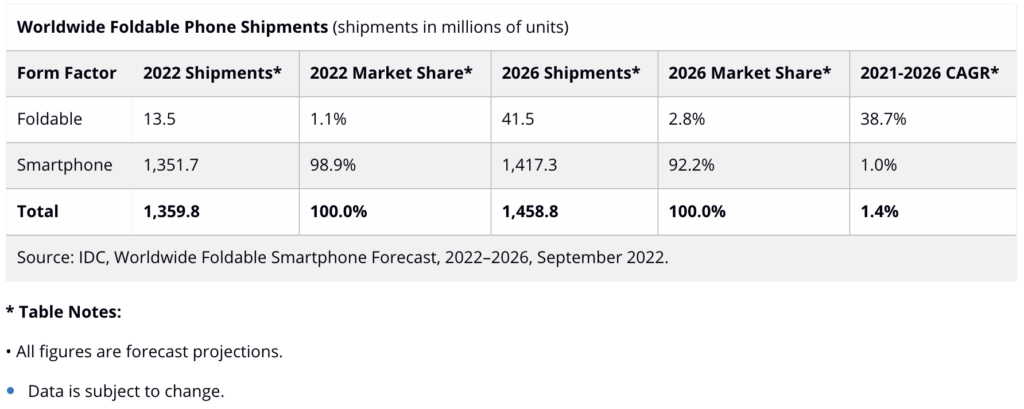
Samsung Display’s CEO, JS Choi has shown off a prototype of the world’s first 17” slidable display for PCs. It is basically a 13” display that can be extended as much larger as 17”. Samsung Display CEO has indicated that it is specifically created for computers with tablet-like form factors, such as the Microsoft Surface Go 3.(Liliputing, XDA-Developers, Sammy Fans)
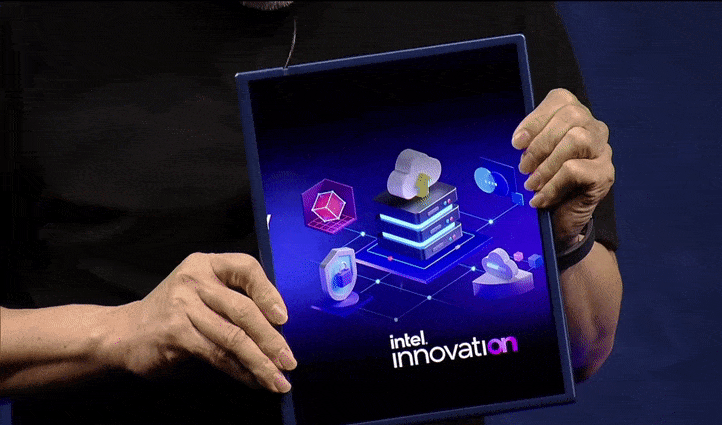

Global smartphone CMOS image sensor (CIS) shipments in 1H22 fell 14% YoY to about 2.4B units, according to Countrpoint Research. This was due to sluggish smartphone shipments and a slowdown in the multi-camera trend during the period. The average number of cameras per smartphone dropped to 3.9 units in 2Q22 from 4.1 units in 2021. For rear cameras, the share of smartphones featuring a triple camera setup has been increasing since 2Q21 at the expense of the quad and above setup, as major Chinese OEMs remove the depth camera on certain models and use existing cameras in concert with software to generate depth-related data. (Countrpoint Research)
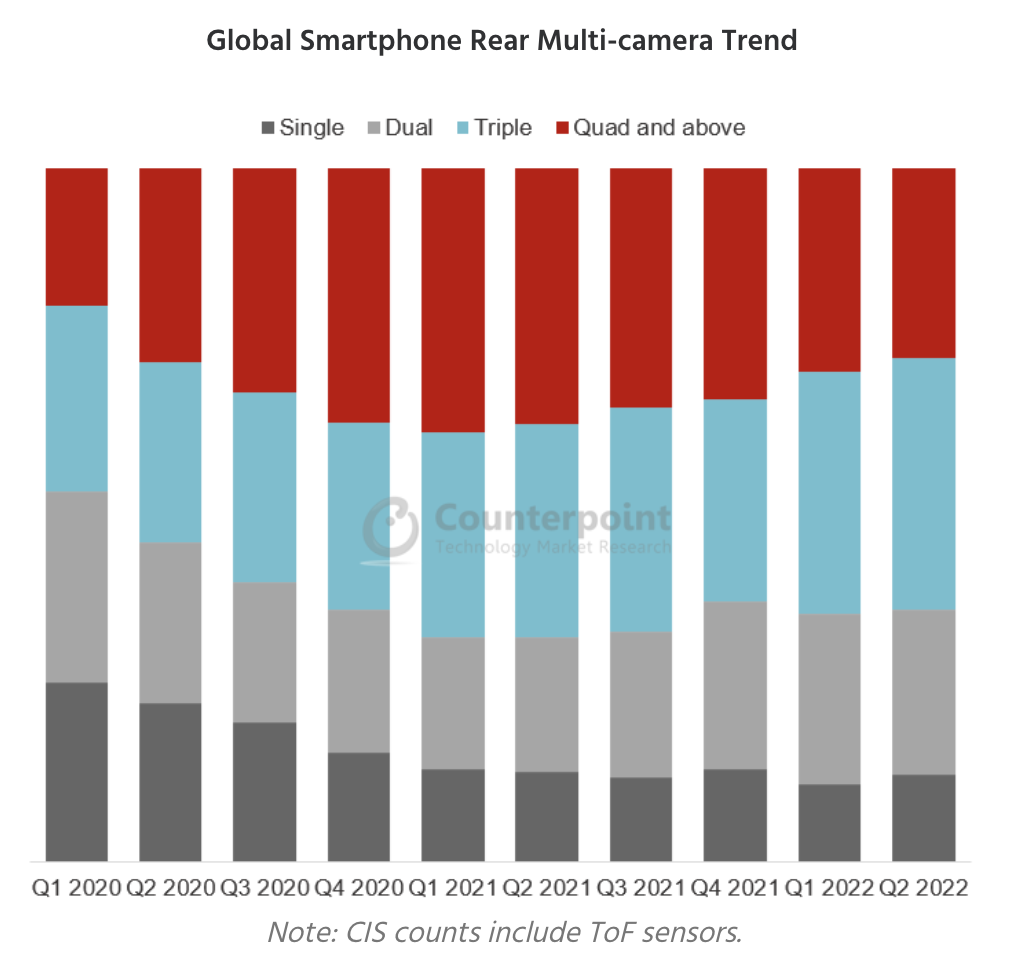
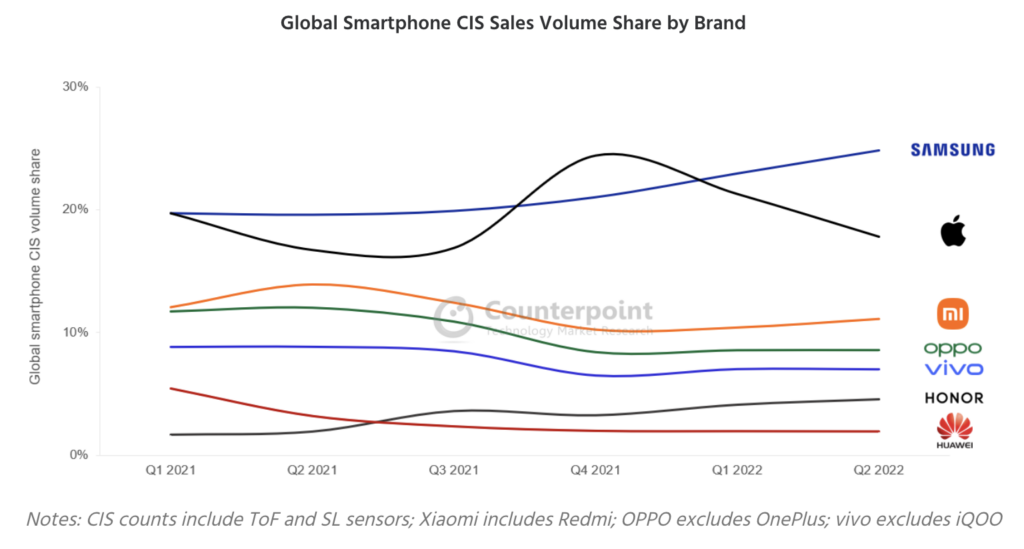
Xiaomi has patented a DSLR-like camera zoom system for smartphones, which only uses a single camera on the rear. In the patent, the smartphone houses a large camera sensor with a variable focal length and physically moves, just like the cameras. (GizChina, TechNave)
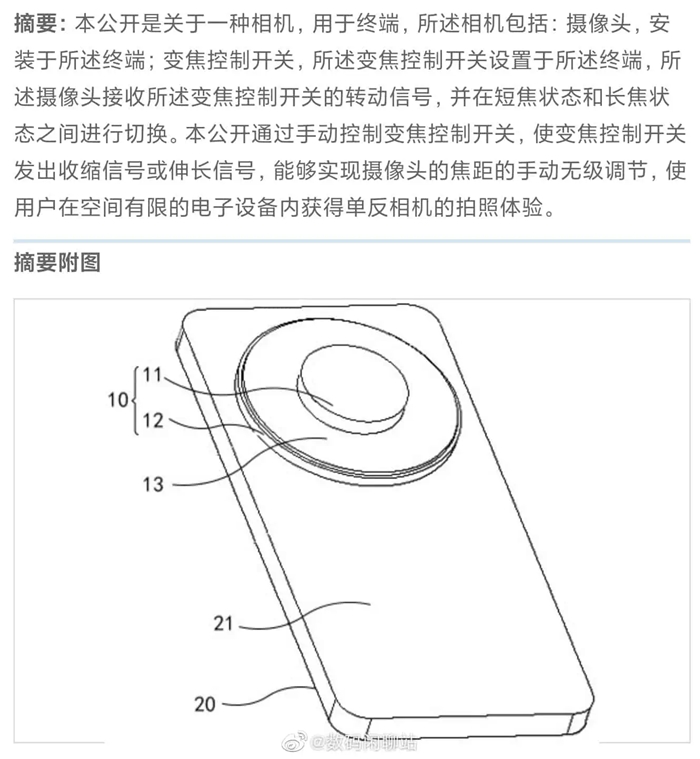

Georgia’s Kennesaw State University claims to have developed a noninvasive system of blood glucose level measurement, thanks to a device called GlucoCheck. It follows the same fundamental approach as the oxygen-level analysis sensor on smartwatches like the Apple Watch Series 8 and Samsung Galaxy Watch 5. They note that the device delivers 90% accuracy in analyzing glucose concentration in blood samples. The biosensor works in tandem with a phone application, but the team is already at work on integrating Amazon’s Alexa virtual assistant. (Digital Trends, Kennesaw State University)
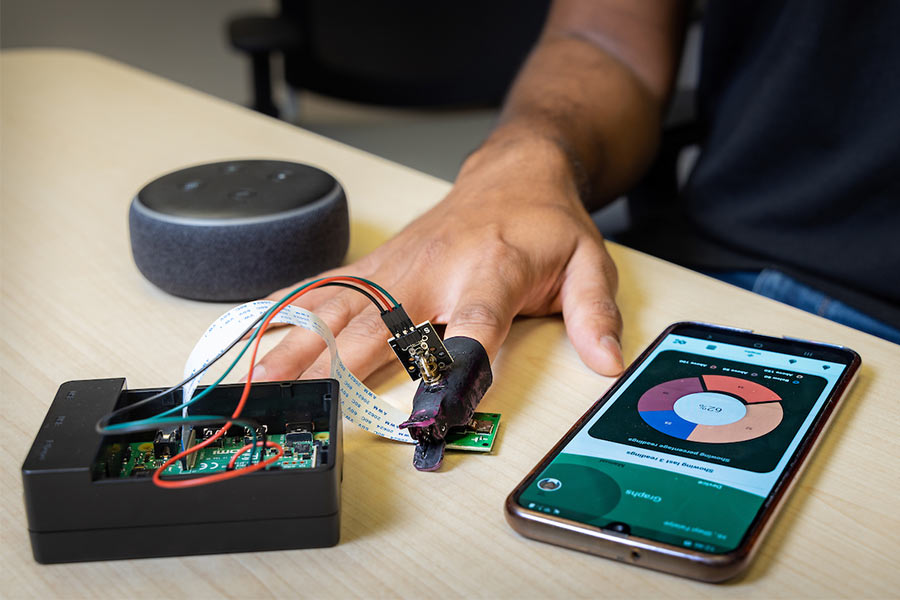
Google Home can now harness the power of Nest speakers to detect user’s presence and aid smart home automation. Now available to opt into through the Google Home app, “Presence sensing” allows user to unlock the potential of devices like the Nest Hub and Nest Audio to detect activity in user’s home. Google says within the Home app that Nest cameras, doorbells and the Nest Hub Max will not be able to switch devices between Home and Away modes, while ambient noise also will not contribute to presence, just commands. (Engadget, Twitter, The Ambient)
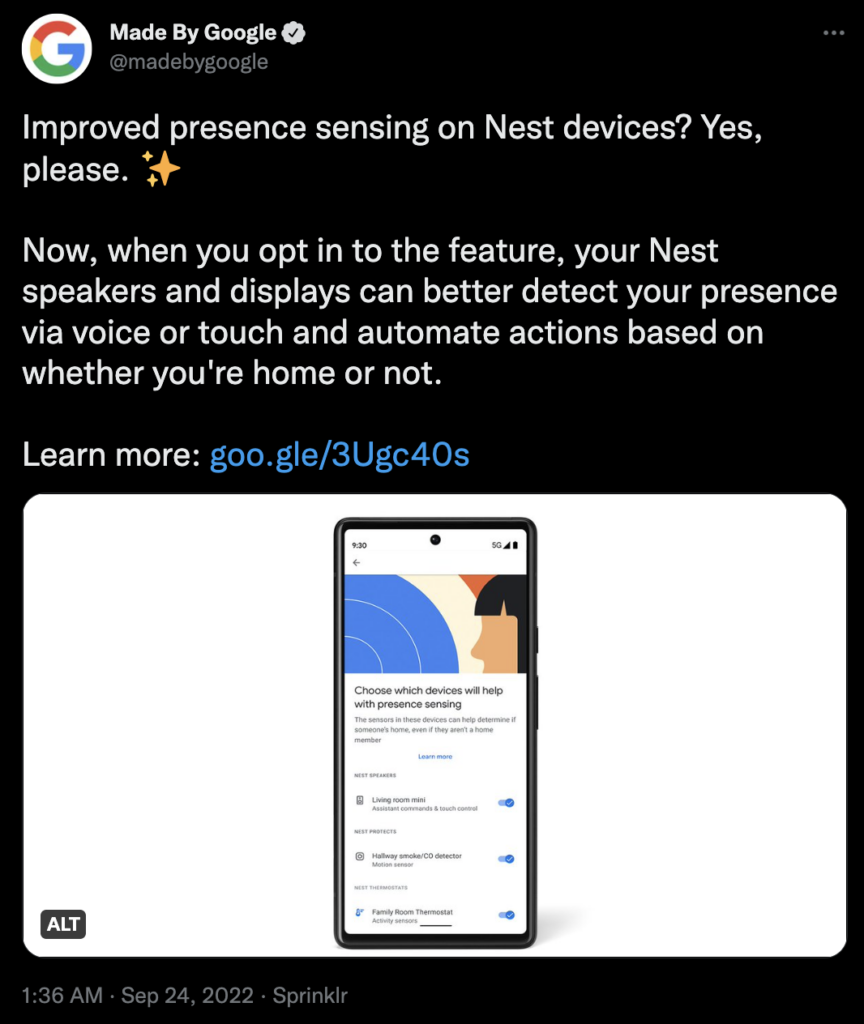
The National Transportation Safety Board (NTSB) is calling on its sister agency to implement regulation requiring all vehicles sold in the US to include blood alcohol monitoring systems. The NTSB sent the recommendation to the National Highway Traffic Safety Administration. The NTSB says all new cars sold in the US should include an integrated system that passively detects if the driver is under the influence of alcohol. It notes that such a system could be combined with advanced driver monitoring technologies to prevent accidents. Separately, the agency recommends that the NHTSA incentivize automakers to include tech that prevents speeding-related collisions. The NTSB does not have the authority to regulate or enforce any safety measures it suggests. It has been calling on the NHTSA to explore alcohol monitoring technologies since 2012. (GizChina, NTSB, Engadget)
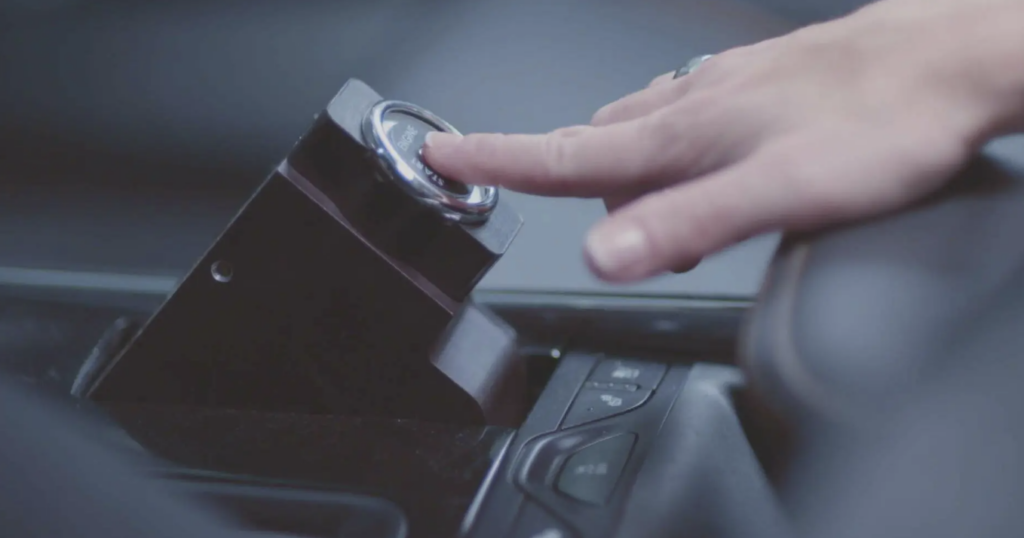

The U.S. Transportation Department (USDOT) has approved the electric vehicle charging station plans for all 50 states, Washington and Puerto Rico covering about 75,000 miles (120,700 kms) of highways. The Nov 2021 USD1T infrastructure bill provides USD5B to help states install EV chargers along interstate highways over 5 years. States now have access to more than USD1.5B to help build EV chargers. The White House announced earlier this month it had approved 35 of the 50 state plans. (GizChina, CNBC, Reuters, IT Home)
The China Communications Standards Association has just released the first batch of 11 fast charging certifications. With this announcement, a number of Chinese smartphone makers have passed these certifications. This includes known names like Huawei, OPPO, vivo, and Xiaomi as well. The new standard is called Universal Fast Charging Specification (UFCS). This will soon be adopted by various smartphone manufacturers soon, with the aforementioned brands already being on board. One of the first new certifications introduced is for the 40W maximum power output for the first stage, with the second stage reaching the 65W charging mark. (CN Beta, Gizmo China, Gaming Deputy)
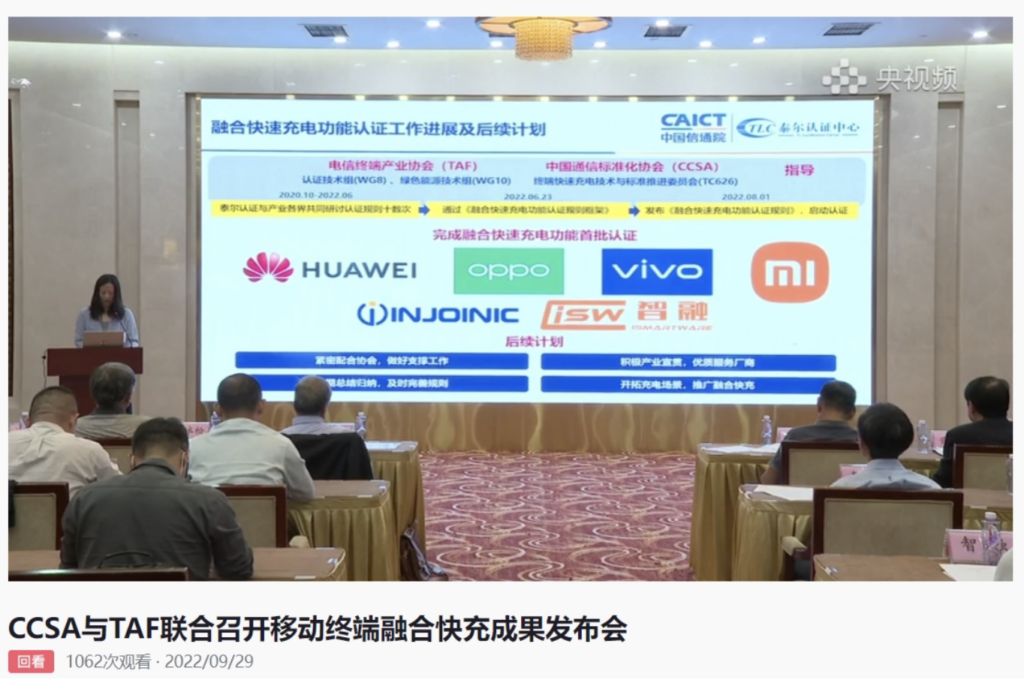


Prime Minister Narendra Modi has inaugurated 5G services in India, marking the beginning of the use of the next generation network in the country. However, 5G services will not be available in the whole country in a snap.The 5G services will be rolled out in a phased manner. The 13 cities where 5G networks will be launched first include Ahmedabad, Bengaluru, Chandigarh, Chennai, Delhi, Gandhinagar, Gurugram, Hyderabad, Jamnagar, Kolkata, Lucknow, Mumbai and Pune. The rest of India’s cities, towns and villages will get access to the next-gen network over the following months, and within 2-3 years, 5G network is set to come to the entire India. (GizChina, Indian Express)
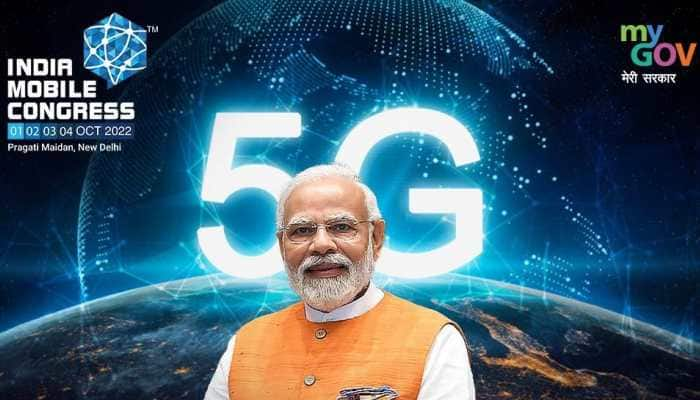

Google Stadia, gaming streaming service from Google, is officially shutting down nearly 3 years after its launch. The Google announced in a blogspot that its Stadia services will shut down on 18 Jan 2023 and gamers on the platform will receive refunds very soon. The refunds are expected to be completed by mid-Jan 2023. (Android Headlines, Google, LiveMint)
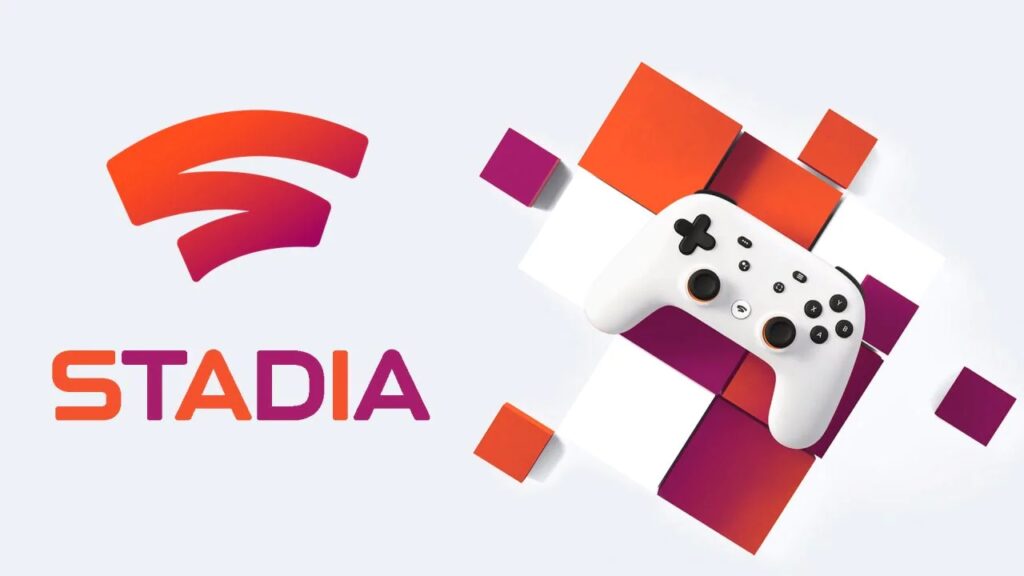
Google has launched “Results about you” feature, which will allow users to request the removal of search results that may contain personal identifying factors such as a person’s phone number, home address, or even email. Google explains that to use this new feature, user will need to tap (or click) on the three dots beside any search result, open the “About this result” panel, and click / tap “Remove result”. (Android Central, Twitter)
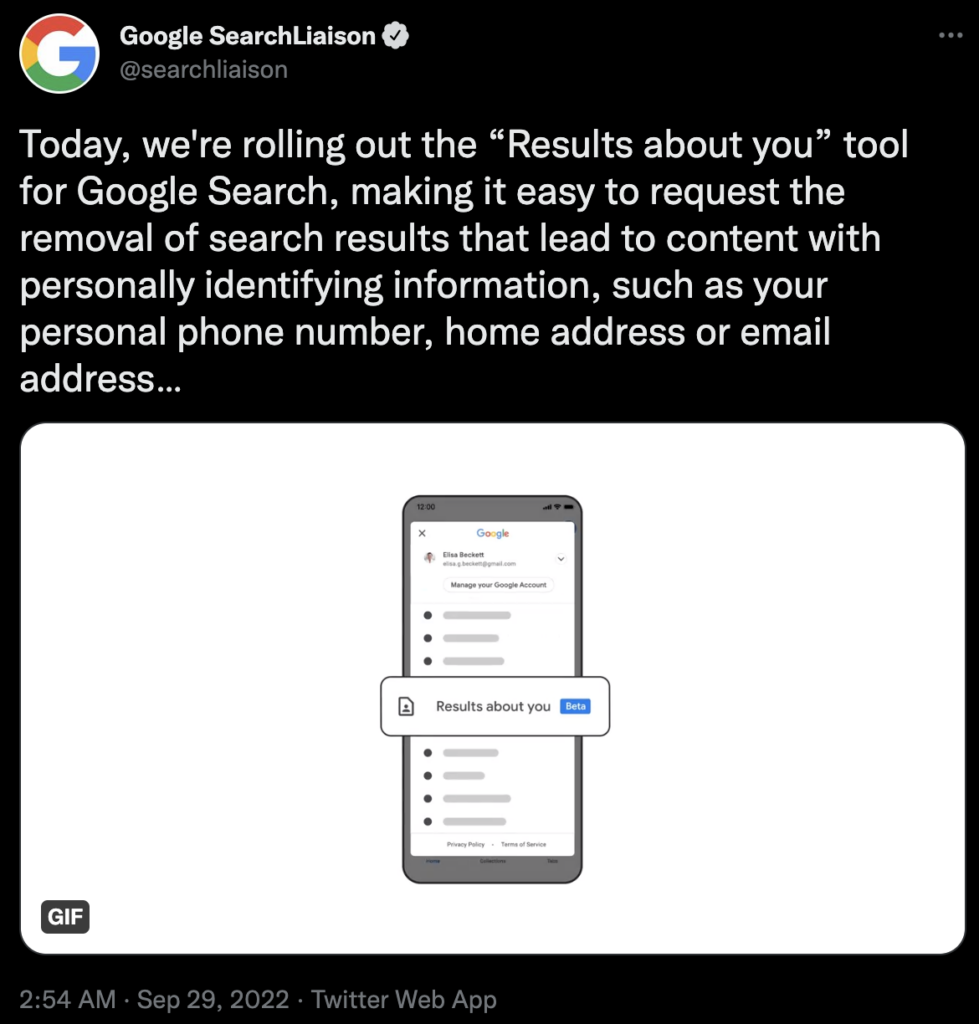
Apple Music says it now boasts a catalog of 100M tracks. It is revealing that over 20,000 singers and songwriters deliver new music to Apple Music every day. Despite the focus on its huge catalog, Apple highlights that human curation remains at the core of its experience.(Apple Insider, Digital Music News, Apple)
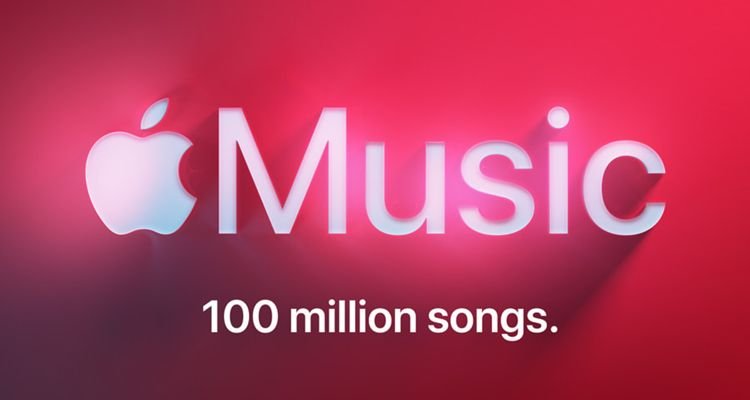
Global handset market revenues declined for a second consecutive quarter, falling 2% YoY and 15% QoQ to USD95.8B in 2Q22, according to Counterpoint Research. A fall in global handset shipments due to factors including Chinese lockdowns and ongoing geopolitical uncertainty caused the revenues to decline despite the average selling price (ASP) going up by 6% in the same period. Consequently, the annual operating profit growth of 6% corresponded with ASP growth rather than shipment decline, reaching USD13.1B in 2Q22. (Counterpoint Research, Apple Insider)
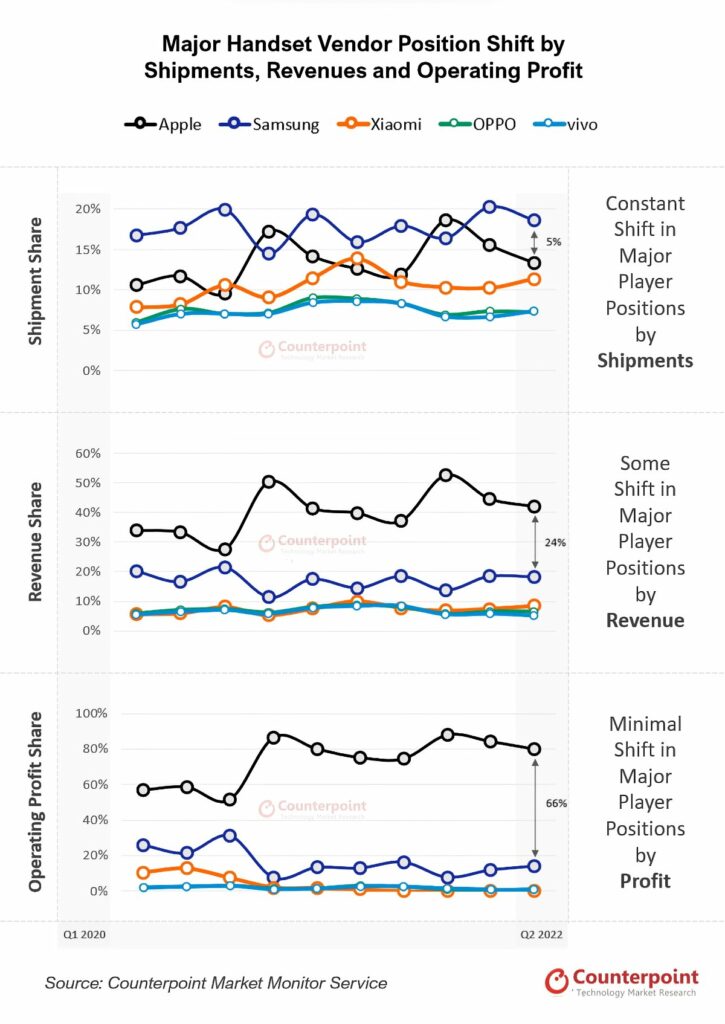
Apple is allegedly backing off plans to increase production of its new iPhones in 2022 after an anticipated surge in demand failed to materialize. Apple has told suppliers to pull back from efforts to increase assembly of the iPhone 14 product family by as many as 6M units in 2H22. Instead, the company will aim to produce 90M handsets for the period, roughly the same level as the prior year and in line with Apple’s original forecast in 2022 summer. (GSM Arena, Bloomberg, 9to5Mac)
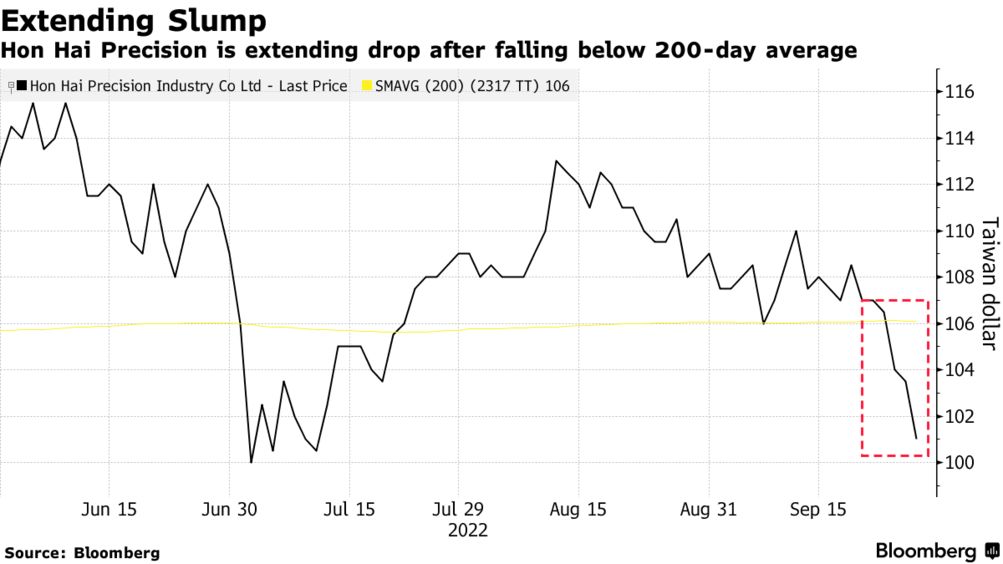

Meta Platforms is reportedly planning to cut expenses by at least 10% in the coming months, in part through staff reductions, as the company confronts stalling growth and increased competition. . While some savings will come from cuts to overhead and consulting budgets, much of it is expected to come from reduced employment. Meta spokesman Tracy Clayton has referred to CEO Mark Zuckerberg’s Jul 2022 statement that the company would need to reallocate resources toward corporate priorities as pressures mount on the business. (Engadget, WSJ)
Sony reportedly plans to make 2M units of the PlayStation VR2 headset by Mar 2023. Sony has yet to give an official price or release date for the PSVR2. Its current plan to start selling the headset in early 2023 will coincide with expected relief of the supply chain bottlenecks that have hampered availability of the PlayStation 5 console since its launch in late 2020. (GSM Arena, Bloomberg)
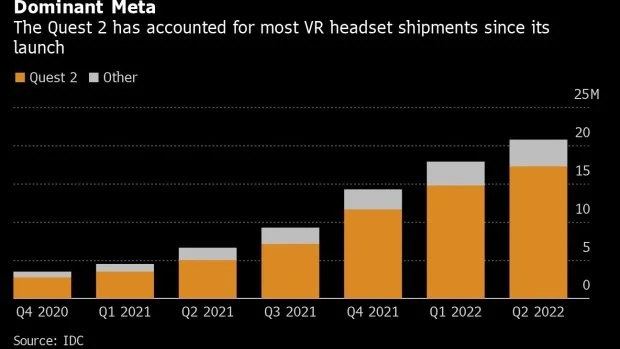

General Motors (GM)and Environmental Defense Fund (EDF) have announced a set of recommendations that seek to accelerate a zero-emissions, all-electric future for passenger vehicles in model year 2027 and beyond. The recommendations were jointly developed by GM and EDF to support the next tier of EPA clean car standards. GM and EDF encourage EPA to establish standards aimed at ensuring that at least 50% of new vehicles sold by 2030 are zero emitting, while achieving at least a 60% reduction in greenhouse gas emissions in model year 2030, and dramatically reducing nitrogen oxides and particulates, consistent with eliminating tailpipe pollution from new passenger vehicles by 2035.(Engadget, GM, Detroit Free Press)

Hertz and General Motors (GM) have announced an agreement in which Hertz plans to order up to 175,000 Chevrolet, Buick, GMC, Cadillac and BrightDrop EVs over the next 5 years. The agreement will encompass electric vehicle deliveries through 2027 as Hertz increases the EV component of its fleet and GM accelerates production of EVs broadly. Over this period, Hertz estimates that its customers could travel more than 8B miles in these EVs, saving approximately 3.5M metric tons of carbon dioxide equivalent emissions compared to similar gasoline-powered vehicles traveling such a distance.(Engadget, GM)
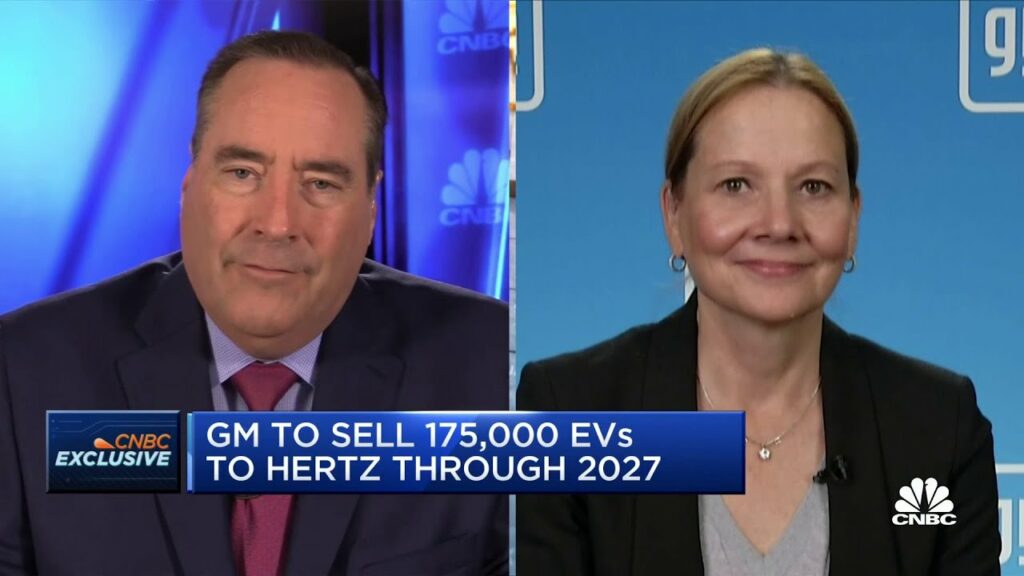
Ford is researching with Commsignia, PSS, Ohio State University, T-Mobile and Tome Software an affordable and scalable smartphone-based communication technology that one day could potentially help warn drivers of pedestrians, bicyclists and more – even those hidden from direct view. The concept smartphone app for pedestrians and others can communicate potential risks to connected Ford vehicles with SYNC providing in-vehicle screen alerts, complementing other technologies such as Ford Co-Pilot360 advanced driver assistance systems. Ford and T-Mobile also will demonstrate the same connected Ford application utilizing T-Mobile’s 5G Advanced Network Solution combined with hyperscale computing in Los Angeles for even more reliable communications. (Engadget, Ford)
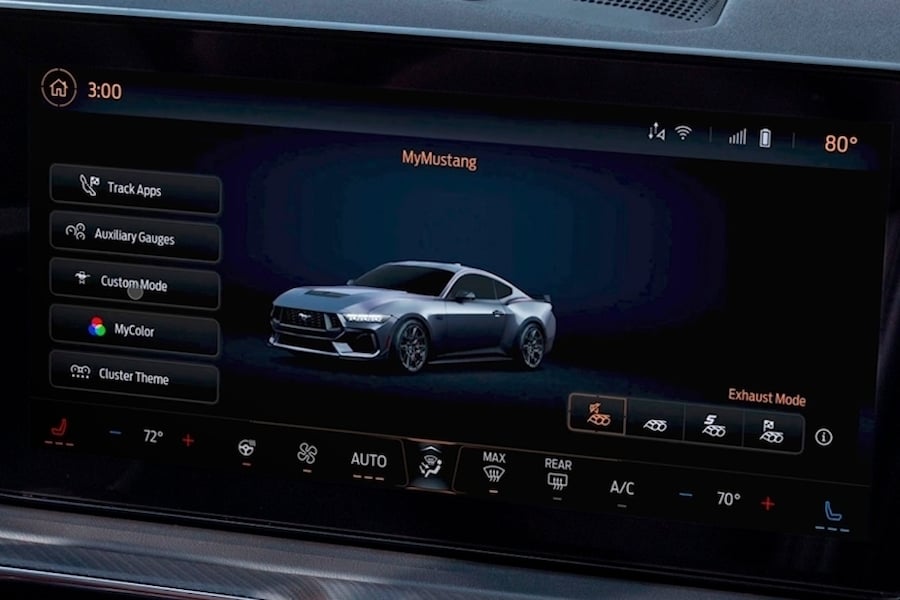
XPeng reveals the pricing and specifications for its 4th production model G9 Flagship SUV for the Chinese market. The G9 lineup includes 3 series – each with a different driving range – and six configurations in total. XPeng claims that G9 is the world’s fastest-charging mass-production SUV and boasts the industry’s first full-scenario Advanced Driver Assistance System.(Engadget, Business Wire)
